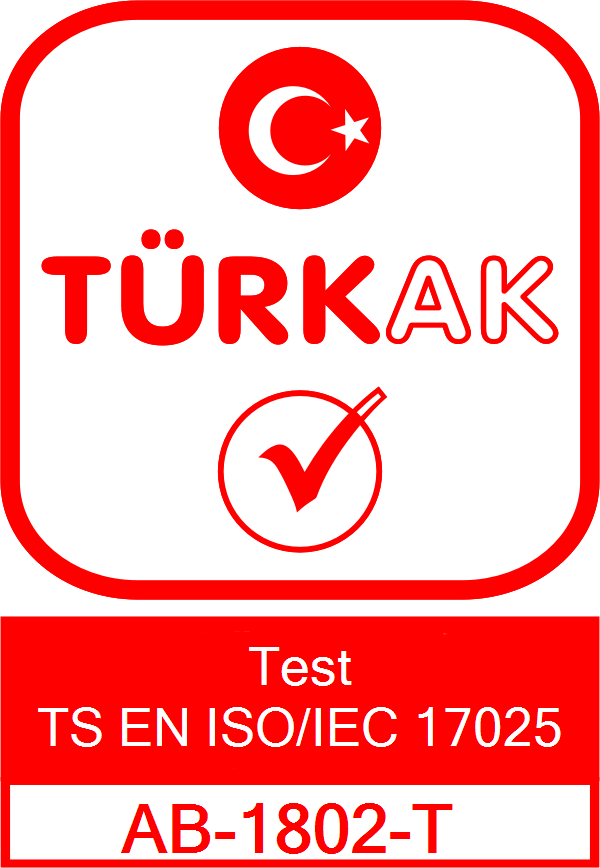
What Are VOCs? Why Volatile Organic Compound Analyses Are Critically Important
What Are VOCs? Why Volatile Organic Compound Analyses Are Critically Important
Contents
Volatile Organic Compounds (VOCs) are among the most concerning chemical substances found in industrial and consumer products. Due to their ability to easily vaporize at room temperature, VOCs pose serious risks to both human health and the environment. Therefore, VOC analyses are essential for ensuring product safety, legal compliance, and sustainable manufacturing.
What Are VOCs?
VOCs are carbon-based compounds that easily evaporate into the air under normal indoor conditions. They are commonly found in paints, coatings, adhesives, cleaning agents, personal care products, and textiles. Despite often being odorless, they contribute significantly to indoor air pollution and can cause harmful reactions when inhaled or absorbed.
Common VOC Types:
- Formaldehyde
- Benzene
- Toluene
- Xylene
- Ethanol
Health Effects of VOCs
Even at low concentrations, prolonged exposure to VOCs may lead to various health issues:
- Headaches, dizziness, and fatigue
- Eye, nose, and throat irritation
- Worsened asthma or allergy symptoms
- Skin irritation or allergic reactions
- Certain VOCs (e.g., benzene) are classified as carcinogens
Environmental Impact of VOCs
- Contribute to ground-level ozone and smog formation
- Reduce indoor and outdoor air quality
- Can harm ecosystems and wildlife
- Interfere with climate balance through secondary pollutant formation
Which Products May Contain VOCs?
| Product Category | Potential VOC Source |
|---|---|
| Paints and Varnishes | Solvents |
| Furniture and Wood Products | Adhesives, finishes |
| Cleaning Products | Sprays, perfumes, detergents |
| Textiles | Printing inks, coatings |
| Automotive Materials | Interior plastics and fabrics |
Why Is VOC Testing Important?
VOC testing is performed to determine the type and concentration of volatile compounds released by products. These tests are often mandatory under national and international regulations, especially for export markets.
Benefits of VOC Analysis:
- Detects specific harmful emissions
- Ensures regulatory compliance
- Provides data for product safety certification
- Builds consumer trust through verified environmental responsibility
Common Testing Methods
1. GC-MS (Gas Chromatography – Mass Spectrometry)
The most widely used method for identifying and quantifying VOCs with high accuracy and specificity.
2. TVOC (Total Volatile Organic Compounds) Measurement
Measures the overall concentration of VOCs and compares results to industry thresholds.
Conclusion
VOC analysis is not just a regulatory requirement—it’s a critical component of modern product development and environmental stewardship. By identifying and controlling VOC emissions early in the manufacturing process, companies can reduce health risks, avoid penalties, and contribute to a cleaner future.
Frequently Asked Questions
Is VOC testing mandatory?
Yes, in many countries and industries, VOC limits are legally enforced.
How long does testing take?
Depending on the method, results are typically available within 5–7 business days.
What standards apply to VOC testing?
VOC analyses are commonly performed under TS EN 16516, ISO 16000, and ASTM D5116 standards.

